A few years after the release of V-Ray 2.0 and multiple 2.xx.xx versions, Chaos Group is finally ready with the latest version of its render engine for 3ds Max – V-Ray 3.0. As of today it is officially on sale and can be purchased or updated by users. On Chaos Group`s page you can see the prices of the product in various options of purchase or update.
But before you decide anything, see what’s new you can expect from V-Ray 3.0.
Render mask
Finally … Now we can render only parts or individual elements of the image, without waiting again for the entire frame or use regions and crops. Render mask is a great feature that I’m sure will be used by many users.
Quick Settings and V-Ray Toolbar
Quick Settings panel allows you to use variety of production presets for exterior and interior renderings or animations. You can add your own settings to this panel and fine tune quality with slider controls. V-Ray Toolbar appears useful and I guess that users will like it. It puts all popular V-Ray tools in one place.
Faster Ray Tracing
Optimizations to V-Ray’s ray tracing core make rendering in V-Ray 3.0 significantly faster. Depending on scene complexity, users are reporting speed increases up to 5X.
Progressive Rendering
Progressive Rendering is a new method, similar to V-Ray RT and iRay, which gives us the opportunity to see the result of our work almost immediately and consider whether we have to change something. This method is not intended for rendering images, but only for a quick preview of the final result.
VRmats
Previously known as Vismats, VRmats are an XML-based material description for sharing V-Ray shaders across multiple applications. VRmats are currently compatible with V-Ray 3.0 for 3ds Max, V-Ray 2.0 for Rhino, and V-Ray 2.0 for SketchUp. Support for additional applications including Maya and Softimage is currently in development.
Advanced V-Ray Frame Buffer
The new V-Ray Frame Buffer introduces advanced color controls for Contrast, HSL, and Color Balance. In addition, the VFB now includes support for LUTs (.cube), ICC (.icc), and OpenColorIO (.ocio) color management profiles.
These are just some of the improvements in V-Ray 3.0. For the rest of them you can find out more on the official V-Ray website. Among them there are many interesting and useful features that I’m sure will prove useful in our future work with this new version.

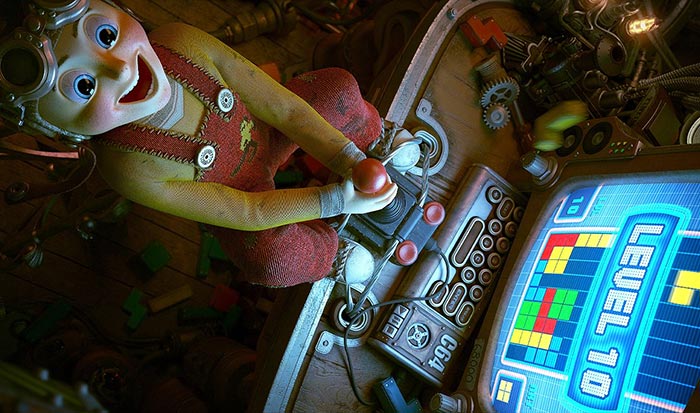
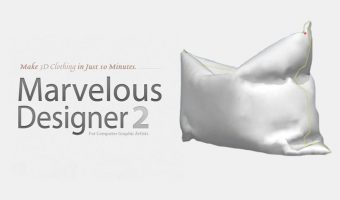 How to model a pillow in Marvelous Designer
How to model a pillow in Marvelous Designer 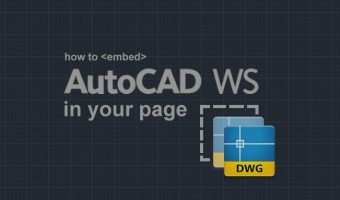 How to embed a drawing in a web page with AutoCAD WS
How to embed a drawing in a web page with AutoCAD WS 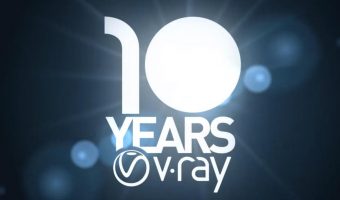 The Amazing Chaos Group’s 2012 V-Ray Demo Reels
The Amazing Chaos Group’s 2012 V-Ray Demo Reels 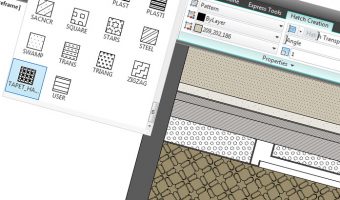 Create custom hatches in AutoCAD
Create custom hatches in AutoCAD 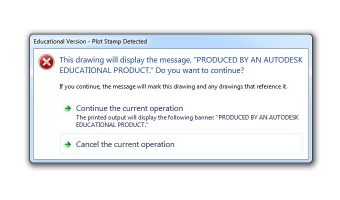 How to remove “Produced By An Autodesk Educational Product”
How to remove “Produced By An Autodesk Educational Product” 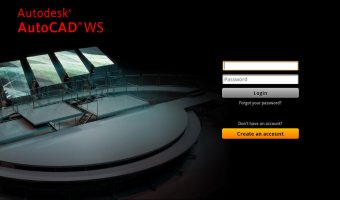 AutoCAD WS Desktop Folder
AutoCAD WS Desktop Folder 
Leave a comment